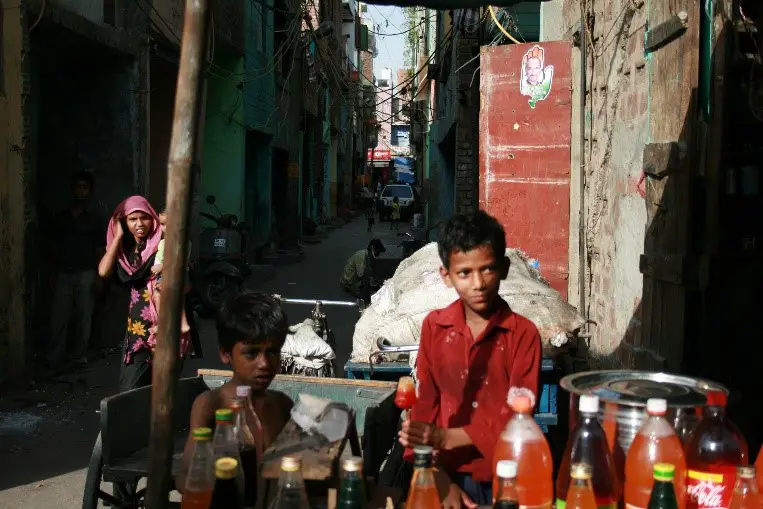Child labour refers to the practice of employing children below the age of 14 in jobs that are highly unsuitable for them and may have detrimental effects on their physical, mental, and emotional health. As per the 2011 Census data, there is an alarming number of over 82 lakh child labourers employed in our country. These children are forced to drop out of school and work instead. This is why it is essential to stop child labour in India. Child labour is a practice which prevails in both rural and urban areas. In India, there are five states which are home to the majority of child labourers. These are Bihar, Uttar Pradesh, Maharashtra, Madhya Pradesh, and Rajasthan.
The issue of child labour is extremely problematic, and therefore we must find a way to stop child labour worldwide. This practice robs millions of children of their childhoods every year. Save the Children is an NGO that seeks to stop child labour in India. Since 2008, Save the Children has transformed the lives of over 10 million impoverished children in India. This NGO runs social welfare programs to provide the most marginalized and underprivileged section of society with access to proper education, healthcare, nutrition, and sanitation.
Save the Children works valiantly to stop child labour and protect the rights of all children across the globe. It has a presence in over 80 countries globally and engages with local communities, Government bodies, and other NGOs to make sure that every child experiences a happy, safe, and secure childhood. This NGO works dedicatedly to stop child labour in India. It has become necessary to root out social evils such as poverty, illiteracy, malnutrition, child labour, child abuse, child marriage, child trafficking, etc. from society. To stop child labour, Save the Children runs many programs across 19 states in India to create awareness on this issue. Consider donating to charitable organizations like Save the Children. Thanks to the support of its generous donors, institutional supporters, and multiple corporate partners, Save the Children is able to transform the lives of millions of disadvantaged children worldwide positively. All children deserve to have equal opportunities growing up, and they deserve to be given a chance to create brighter futures for themselves. It is the priority for the Government to stop child labour, as this would enable them to empower the next generation of our country’s youth.
By endeavoring to stop child labour, Save the Children seeks to eradicate it completely from society. Child labour provably hampers the mental and physical growth of children. NGOs actively working to stop child labour, also work to implement child protection policies. These child protection policies are aimed at making child labour a culturally and socially unacceptable phenomenon. Save the Children has successfully rescued and rehabilitated thousands of child labourers across various states in India. Children engaged in child labour are forced to leave their education incomplete and therefore are not qualified for better jobs in the future. This traps them in a cycle of poverty and illiteracy. Consider donating to NGOs like Save the Children, to support their mission of trying to stop child labour. Donating to charitable organizations enables them to help the millions of impoverished and underprivileged people in need.
For the last few decades, India has established a range of laws to address and combat the issue of child labour. Save the Children seeks to educate vulnerable and marginalized communities on the dangers of child labour. All children deserve to be protected from the exploitation of child labour, as it is dangerous to both their health and development. As child labour is closely linked to the prevailing socio-economic conditions, there is also a need to educate the general public on the issue of child labour, and request them not to employ child labourers at home or their business. Children belonging to socially and economically disadvantaged communities are more vulnerable and at risk of becoming child labourers.





